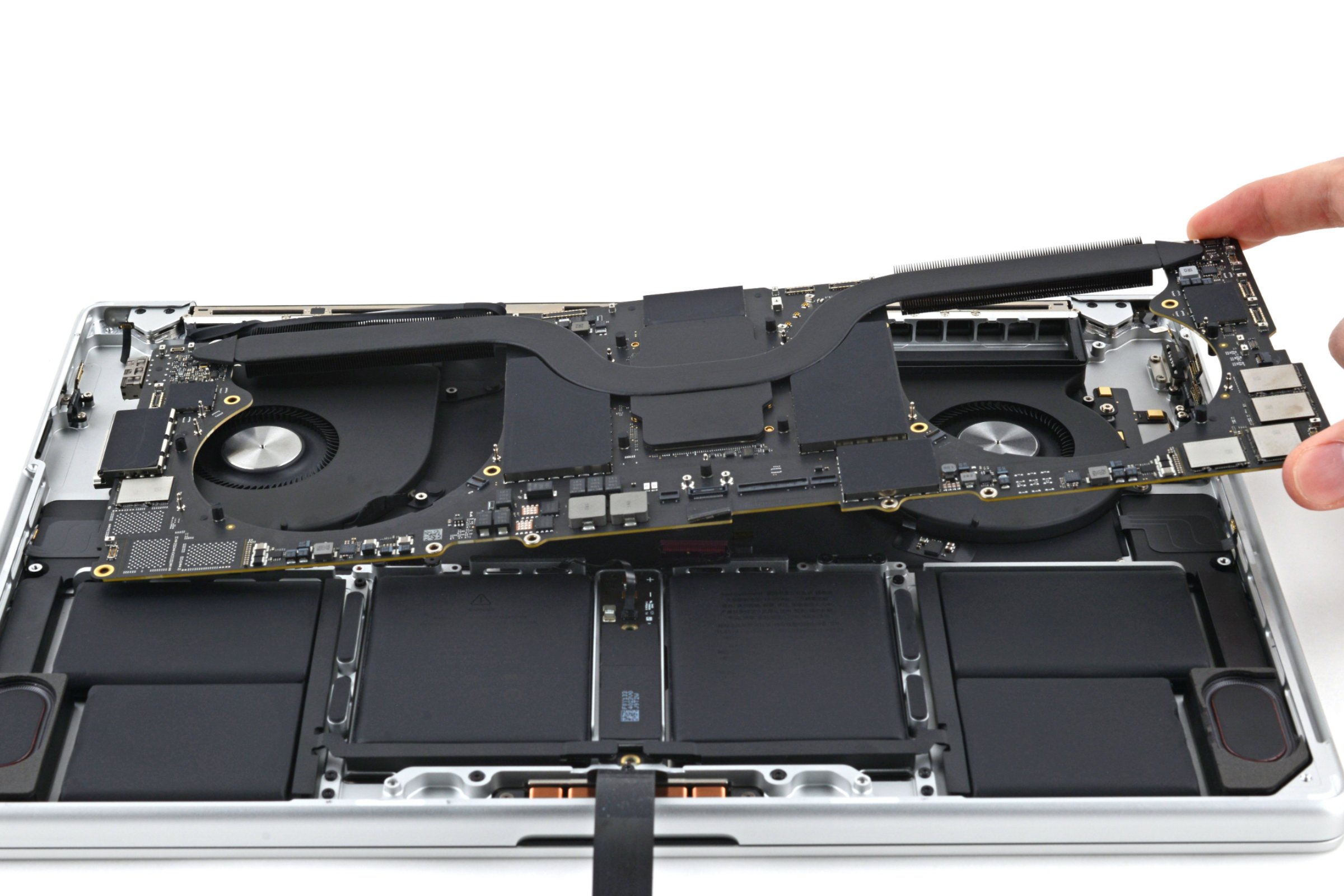It looks like the 512GB SSD drive found in the MacBook Pro 14 (2023) isn’t as quick when compared to the 512GB drive found in the previous model.
The release of the MacBook Pro (2023) models came as somewhat of a surprise, almost appearing out of thin air with a tightly crafted press release on Apple’s newsroom. For the most part, there was nothing too exciting with the launch, and before we knew it, the laptops were available for sale. For those in the United States, the laptops launched this week, arriving at the homes and offices of those who ordered. Of course, reviews started to emerge, giving us our first look at what the next generation of Apple’s top-end laptops had to offer.
For the most part, the reviews have been very good, with the new Apple M2 Pro and M2 Max chips getting a lot of praise, offering more power over its M1 predecessors. Of course, this is expected behavior, as the stars of the new laptops are the new chips. But apparently, one area where the new laptop does fall flat is the read and write speeds of the SSDs, specifically, the model with 512GB of storage. According to 9 to 5 Macthe 512GB model of the new MacBook Pro (2023) models has slower read and write speeds when compared to the older MacBook Pro 14 model with a 512GB SSD released in 2021.
The news outlet ran tests using the Blackmagic Disk Speed Test app that allows users to quickly and easily measure the performance of their storage drives. In its test, it found that the M1 MacBook Pro 14 had a write speed of 3,950MB/s, while its read speed was clocked at 4,900MB/s. As for the newer model MacBook Pro 14, the write speed captured was at 3,154MB/s, with the read speed at 2,973MB/s. As you can see, the performance numbers are quite a bit different, especially when looking at the read performance numbers.
Taking things further by opening the laptop, it found that the physical memory configuration was changed for the new model, with higher storage density chips used when compared to the older model that relied on more chips with lower storage density. In essence, the older model had four 128GB chips, while the new model relies on just two 256GB chips. Although the outlet could not confirm a second chip on the unseen portion of the motherboard, it was assumed that this was how the memory was configured.
While this might seem surprising, we’ve seen this in previous Apple products, like the MacBook Pro 13 with M2 processor having a slower SSD than its previous model. As to how this affects daily usage for most users, it probably doesn’t. If you’re an average user that just buys a laptop to do work, surf the web, and watch movies, you’ll most likely never see or know that there is a difference. But, if you’re a person that does a lot of video editing, there is a chance that you will notice. Of course, if this performance metric is important to you, you’ll want to purchase a model with higher storage to ensure an SSD with better read and write speeds.

Apple MacBook Pro (2023)
The 14- and 16-inch MacBook Pro (2023) models adopt the same exterior chassis first introduced in 2021. They offer boosted M2 Pro and M2 Max chips, Wi-Fi 6E and Bluetooth 5.3 support, HDMI 2.1 compatibility, a notched display, and more.
Source: 9to5Mac
